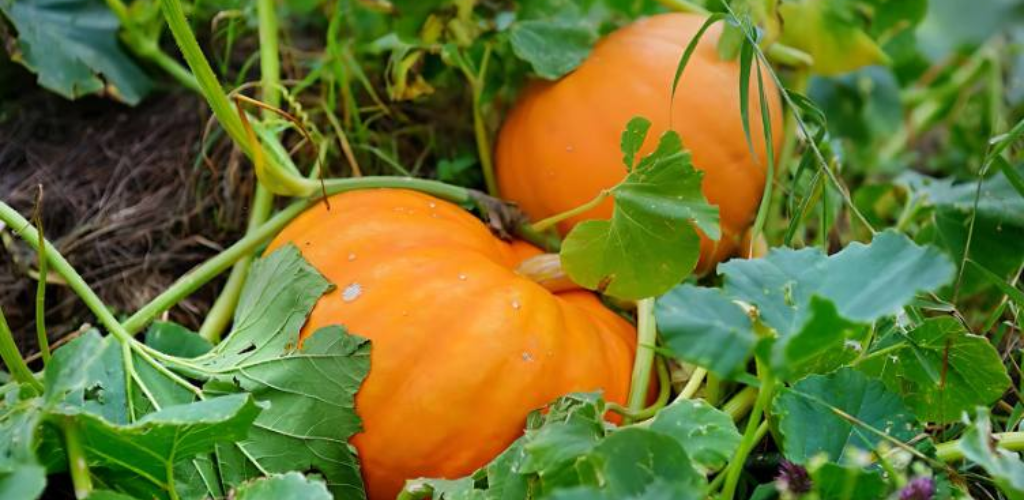29.06.2024
Secrets to Growing Perfect Pumpkins in Your Garden
- Choose the right variety
Select a pumpkin variety suited to your climate and intended use.
Popular varieties: ‘Jack O’ Lantern’ for carving, ‘Sugar Pie’ for cooking. - Planting time
Plant from late spring to early summer, once the risk of frost has passed.
Make sure the soil temperature is above 70°F (21°C). - Soil preparation
Use fertile, well-drained soil with a pH of 6.0 to 6.8.
Amend the soil with compost or well-rotted manure. - Sow seeds
Sow seeds directly in the garden in small hills or mounds.
Space hills 4 to 6 feet apart, plant 2 to 3 seeds per hill, 1 inch deep.
Thin out to the strongest seedlings per hill after they germinate. - Watering and feeding
Keep the soil consistently moist, especially during flowering and fruiting.
Water at the base of the plants to avoid fungal diseases.
Fertilize with a high-nitrogen fertilizer first, then switch to a high-phosphorus fertilizer when flowering. - Pollination
Attract bees for pollination by planting flowers nearby.
Avoid using pesticides that can harm pollinators. - Vine management
Prune vines to direct energy to fewer, larger pumpkins.
Position vines to avoid overcrowding and improve air circulation. - Pest and disease control
Watch for pests like squash bugs, cucumber beetles and aphids.
Use organic pest control products like neem oil or insecticidal soap.
Rotate crops and ensure proper spacing to prevent disease. - Harvest
Harvest when the pumpkins are fully colored and the skin is tough.
Cut pumpkins from the vine with a few inches of stem attached before the first frost. - Curing and storage
Dry the pumpkins in the sun for 7 to 10 days to harden the skin.
Store in a cool, dry place.
Additional Tips
Mulching: Use mulch to retain soil moisture and suppress weeds.
Companion Planting: Grow pumpkins with corn and beans for mutual benefits.
Regular monitoring: Check plants regularly for pests or diseases and resolve problems promptly.
